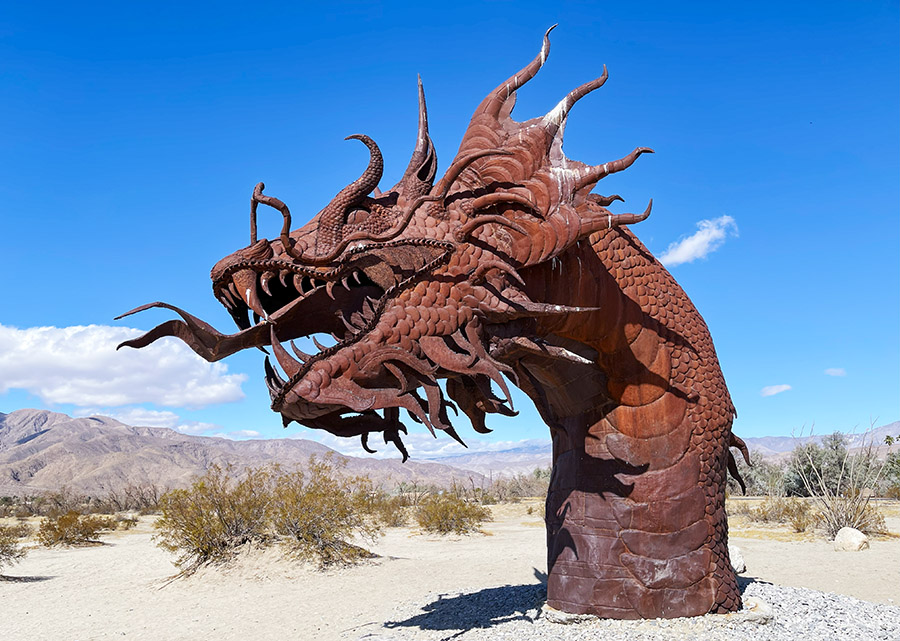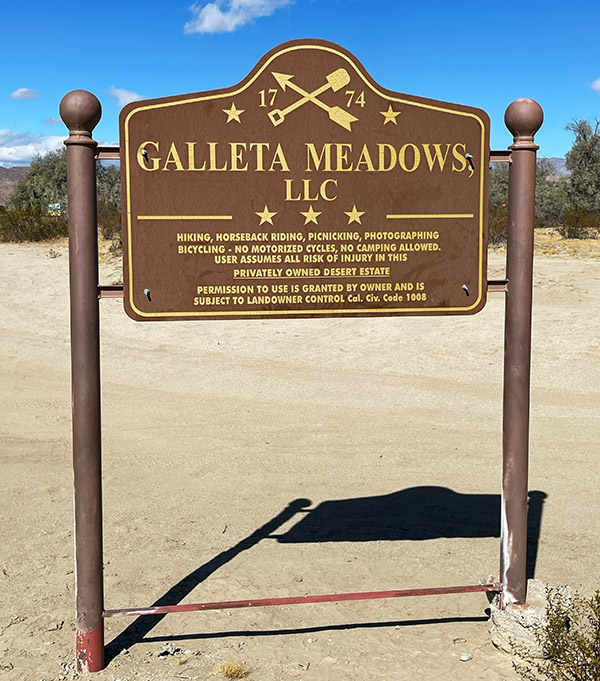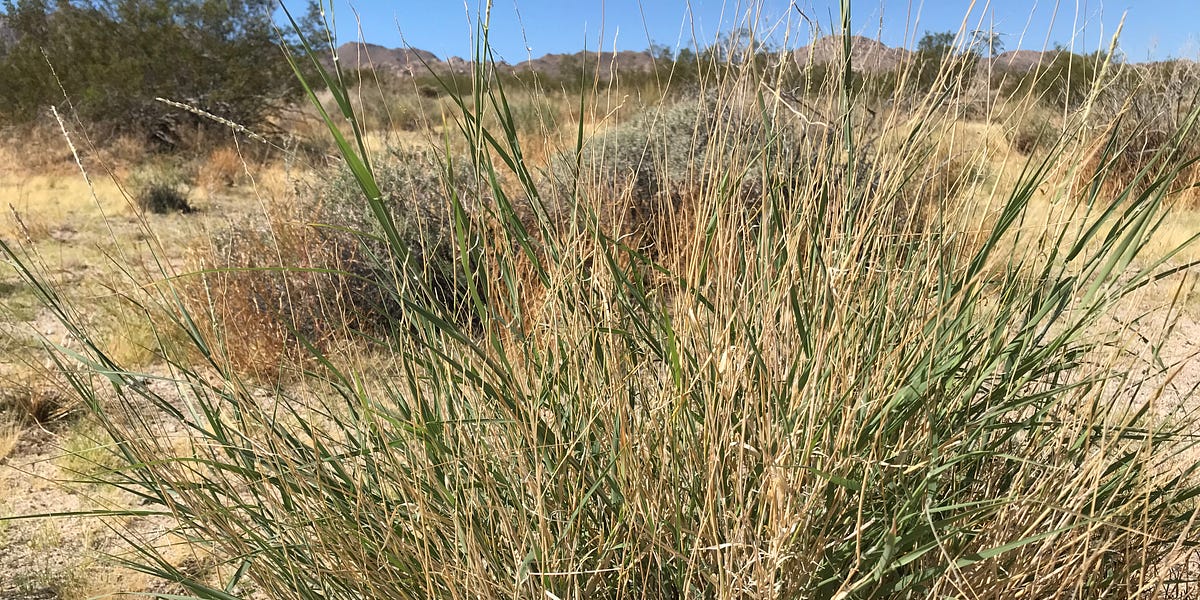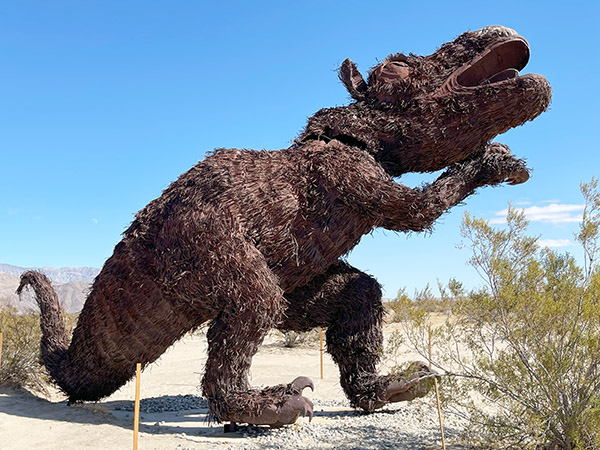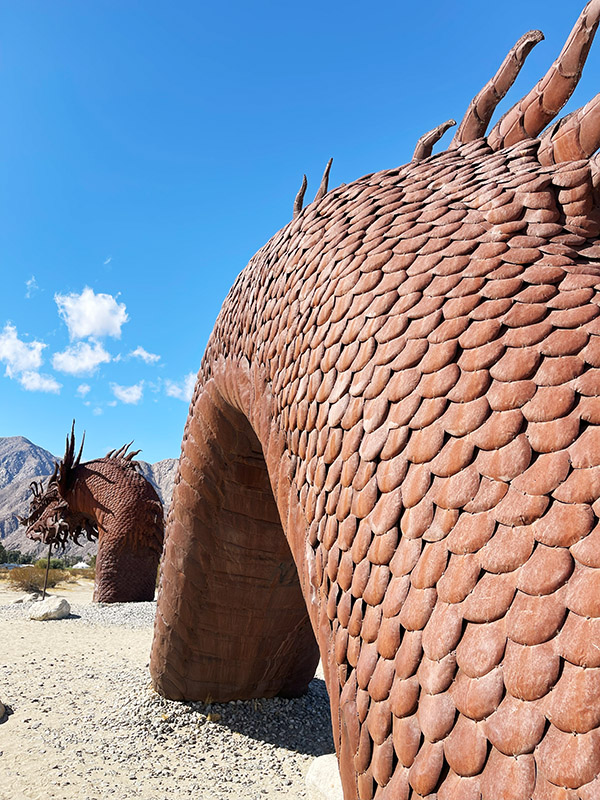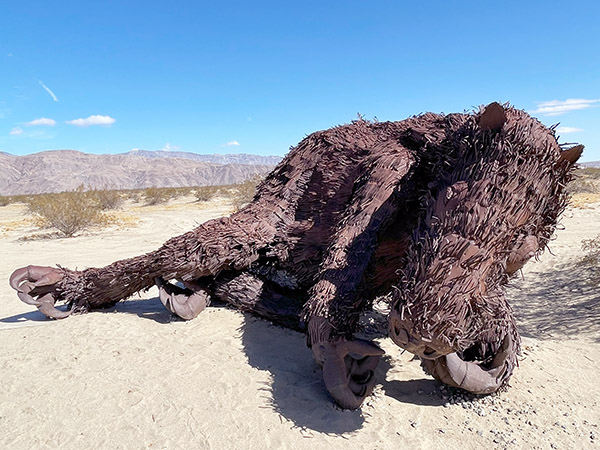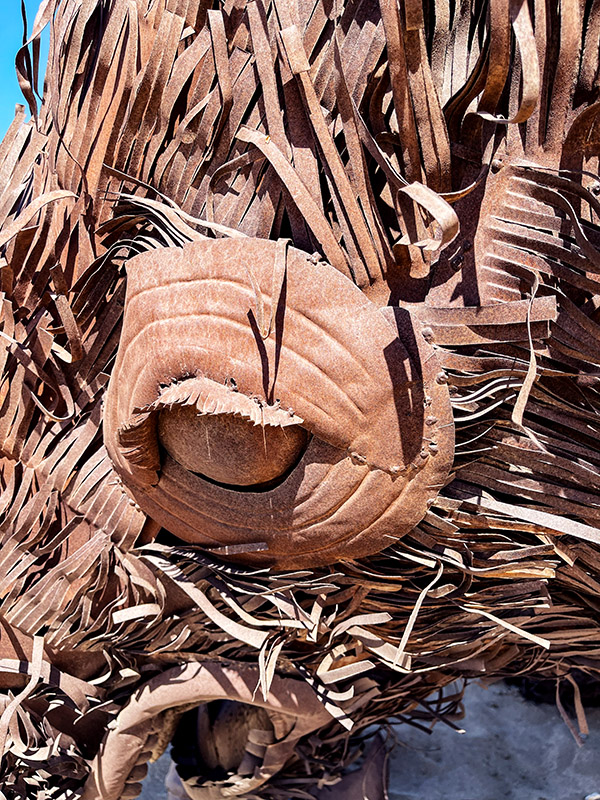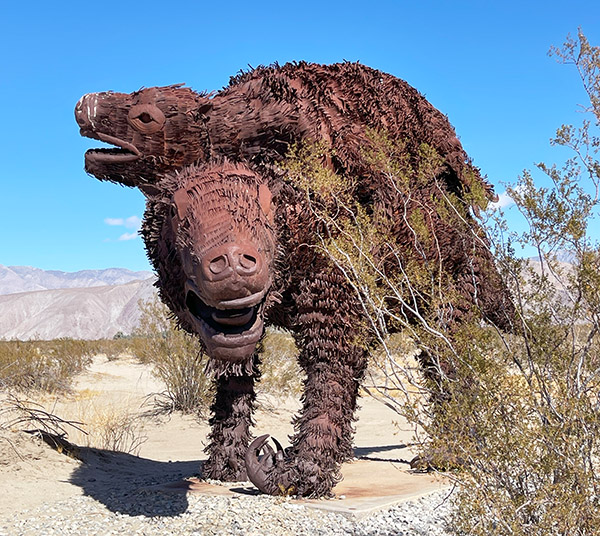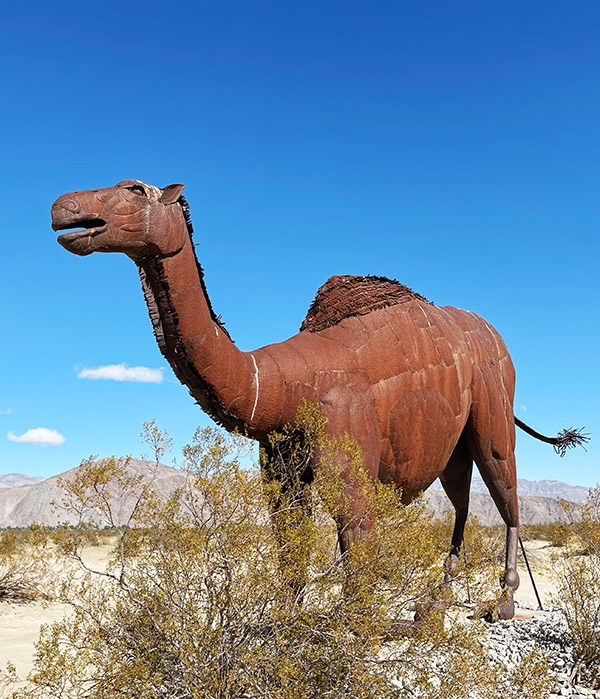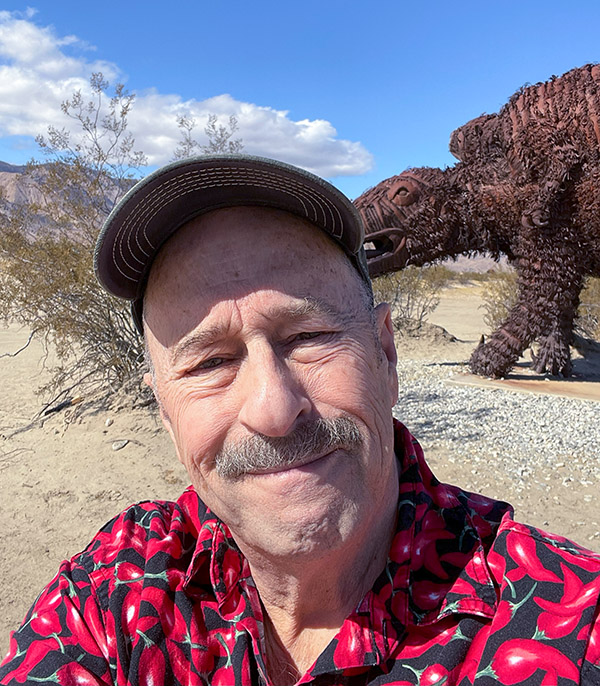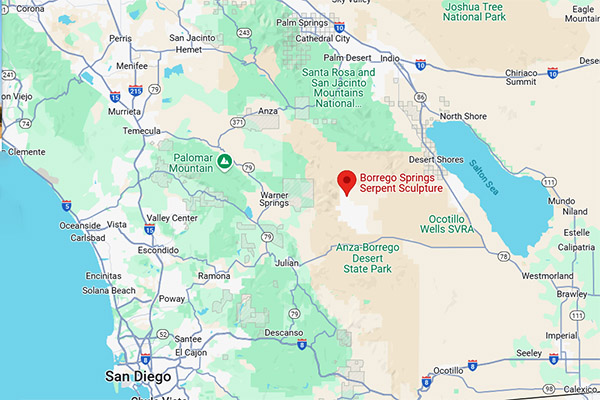By Joe Berk
Wow, it’s March already. It seems like just a couple of days ago it was February. Seriously, though, the years are flying by. I had a bunch of things I wanted to mention, so this blog may meander a bit. Bear with me.
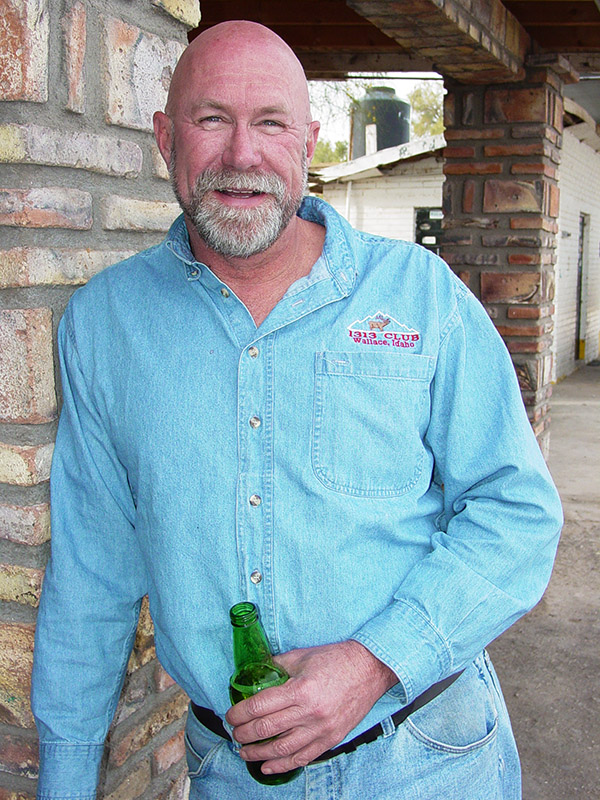
I got a note from Baja John yesterday. He’s down in San Felipe, which is not that big a stretch for him as he leaves down in Baja now. San Felipe celebrated their 100th anniversary this weekend and John wrote to tell me about it. Baja John, good buddy Marty, and I rode down there for San Felipe’s 80th anniversary, and if your Ph.D is in math, you know that means our ride was 20 years ago this past weekend. Those 20 years sure went by in a blur. It feels like that ride was maybe a couple of months ago.
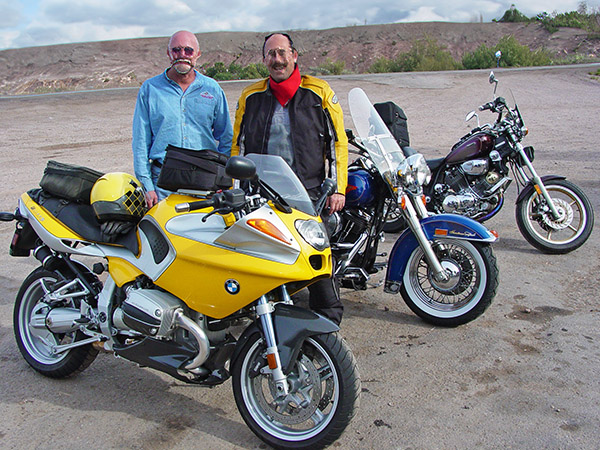
Man, I miss those Baja trips.
Speaking of time, I somehow made the Ball Watch email list. Their watches have a unique way of making the hands glow in the dark, which is kind of cool. I usually don’t find their style appealing, but Ball introduced a watch they call the Trainmaster a couple of years ago, and that one is beautiful. But at $2995 it’s not appealing enough (at least to me). I don’t need another watch. It sure is elegant, though.

You may recall that several months ago we explained the origins of the expression, “Balls out.” That one means running flat out, and it is nontesticular in nature (it refers instead to a mechanical governor’s centrifugal balls being fully extended). It doesn’t have anything to do with Ball watches, either. But another expression, “on the Ball,” does. The official watch for railroads back in the 1800s was a Ball pocket watch (the same company that now makes the watch you see above), and if a train was running on schedule, it was said to be “on the Ball.”
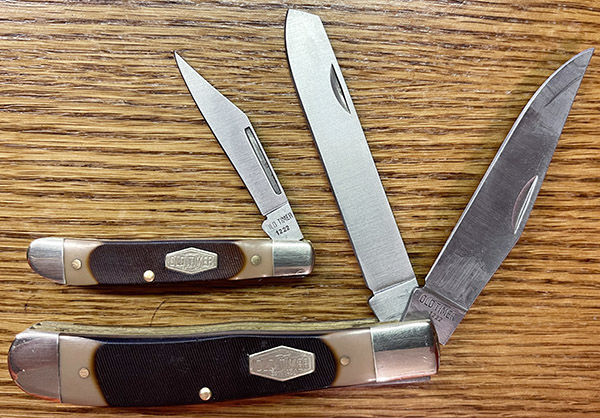
The pocketknife thing is in full swing. I thought I had just a few laying around in various spots in the house, so I decided to gather them up and put them all in one spot. I was a little bit embarrassed when I finished. I don’t need any more pocketknives. But that may not stop me. I have one more inbound, and I’ll probably stop after that. Or not. We’ll see.
More good stuff: I’ve had an old Savage 99 lever gun (chambered in 250 Savage) stashed away and neglected for several decades. Well, I finally dug it out a couple of months ago, and the neglect was obvious. It was rusty when I got it, but I let it get worse. Most of the rust is now off and it looks good. I bought some new 250-3000 brass cases and a set of Lee dies. I’m surprised I took this long to get around to the Savage, and I’m even more surprised at just how nice a cartridge the .250 Savage is.
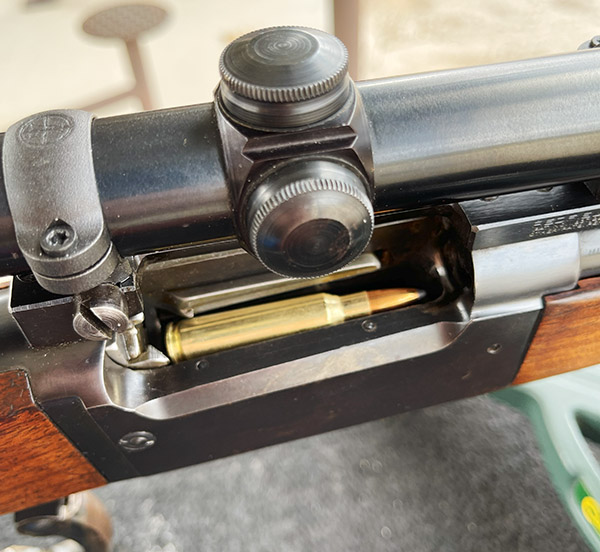

Another bit of misadventuring: I had a couple of old laptops that weren’t working and I’ve held off on tossing them for fear there might still be data on the hard drives. How do you wipe a hard drive so that whatever was there can’t be recovered? After a few minutes Googling the topic, it seems that the best way is to pull the hard drive and drill a few holes through the disk. Simply deleting the files or even using programs designed to eliminate whatever’s on there really doesn’t get the job done. I have a power drill, but I had a better idea. How about putting the hard drives behind a target and having at them with a .45?
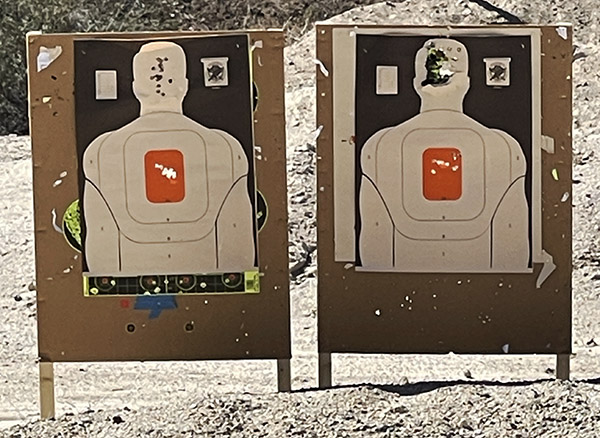
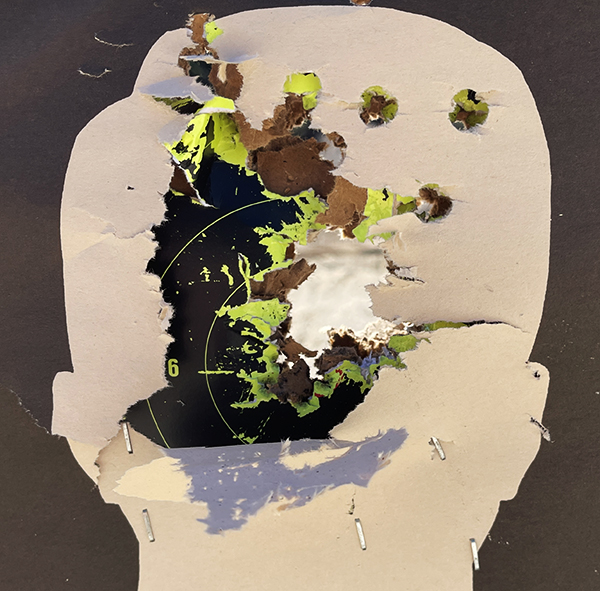
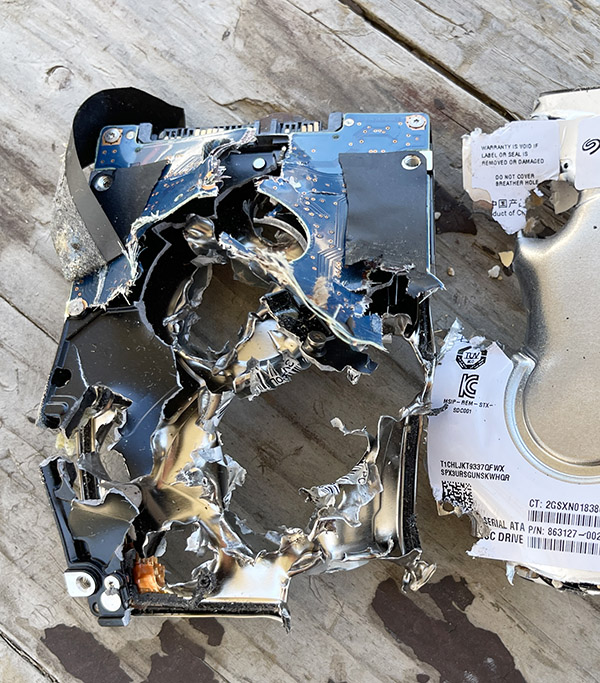
One more last item: You remember I told you about good buddy Lance and how well his end shake shims worked in my Model 60 snubbie. His company, TriggerShims.com, also makes bolt shims for .22 rifles I have two sets coming in for two of my .22 rifles, and I’m going to see how well they work.
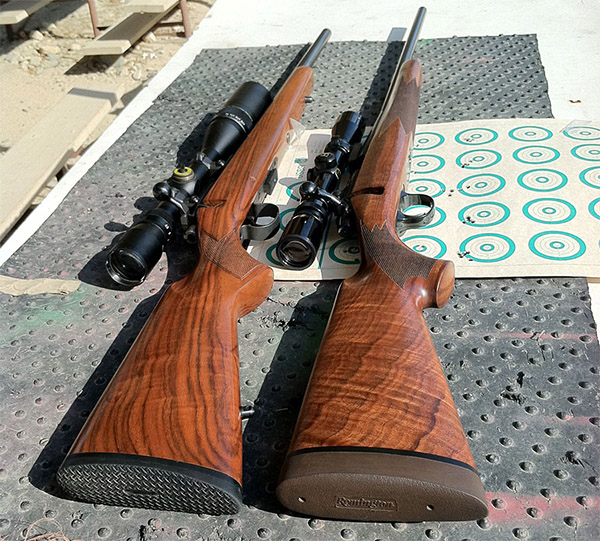
Stay tuned, and you’ll get the full report right here.
Join our Facebook ExNotes page!
Never miss an ExNotes blog:



